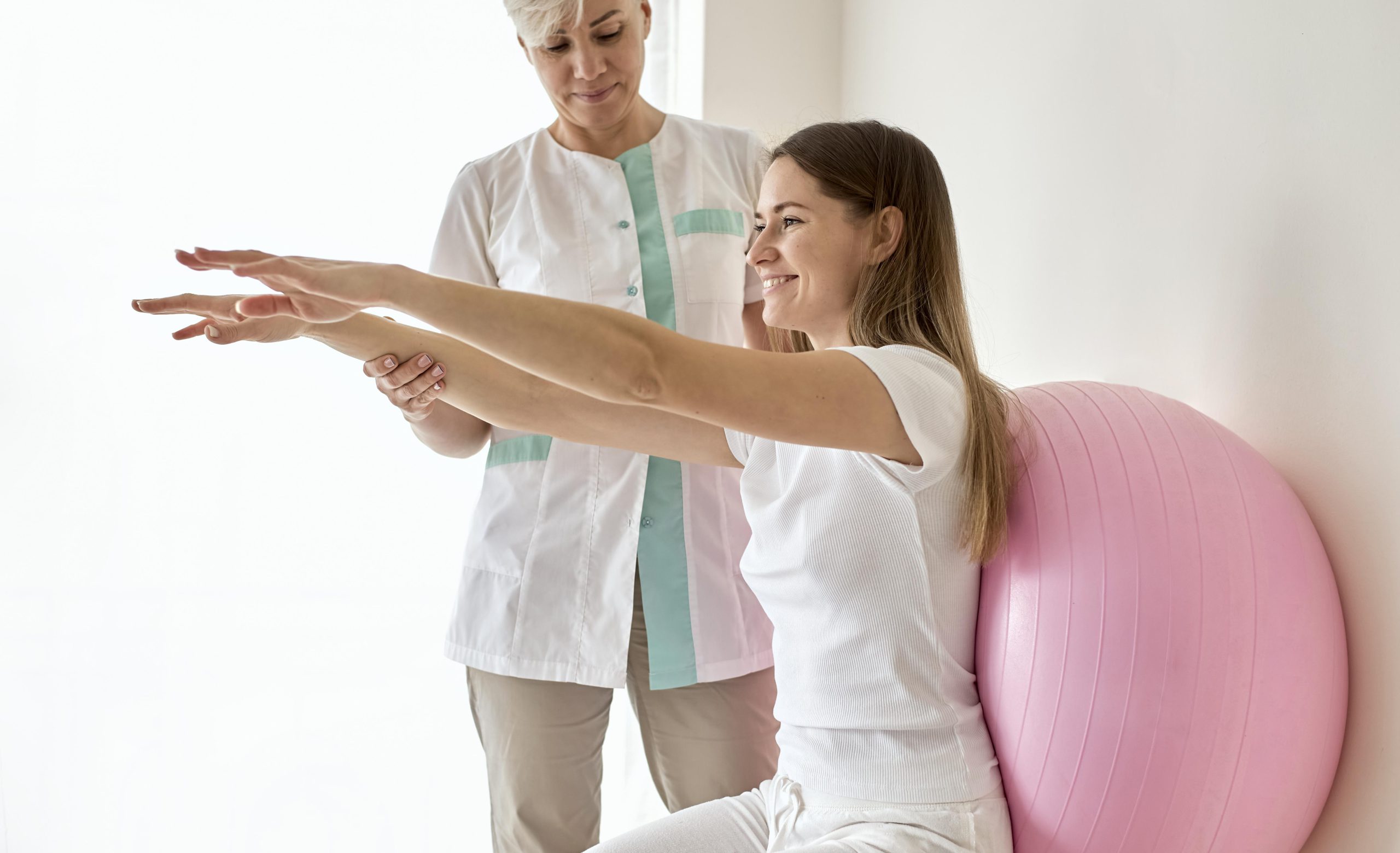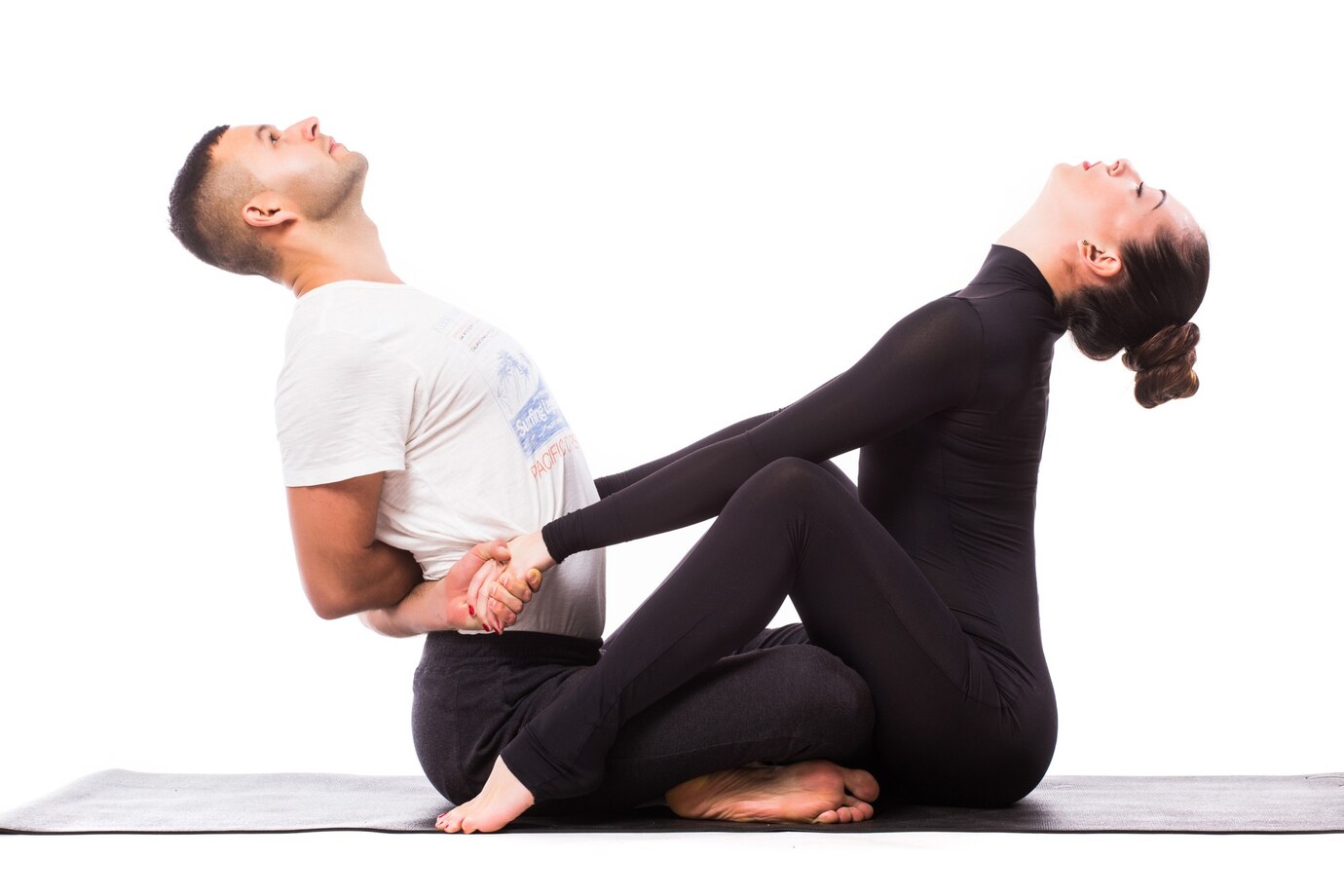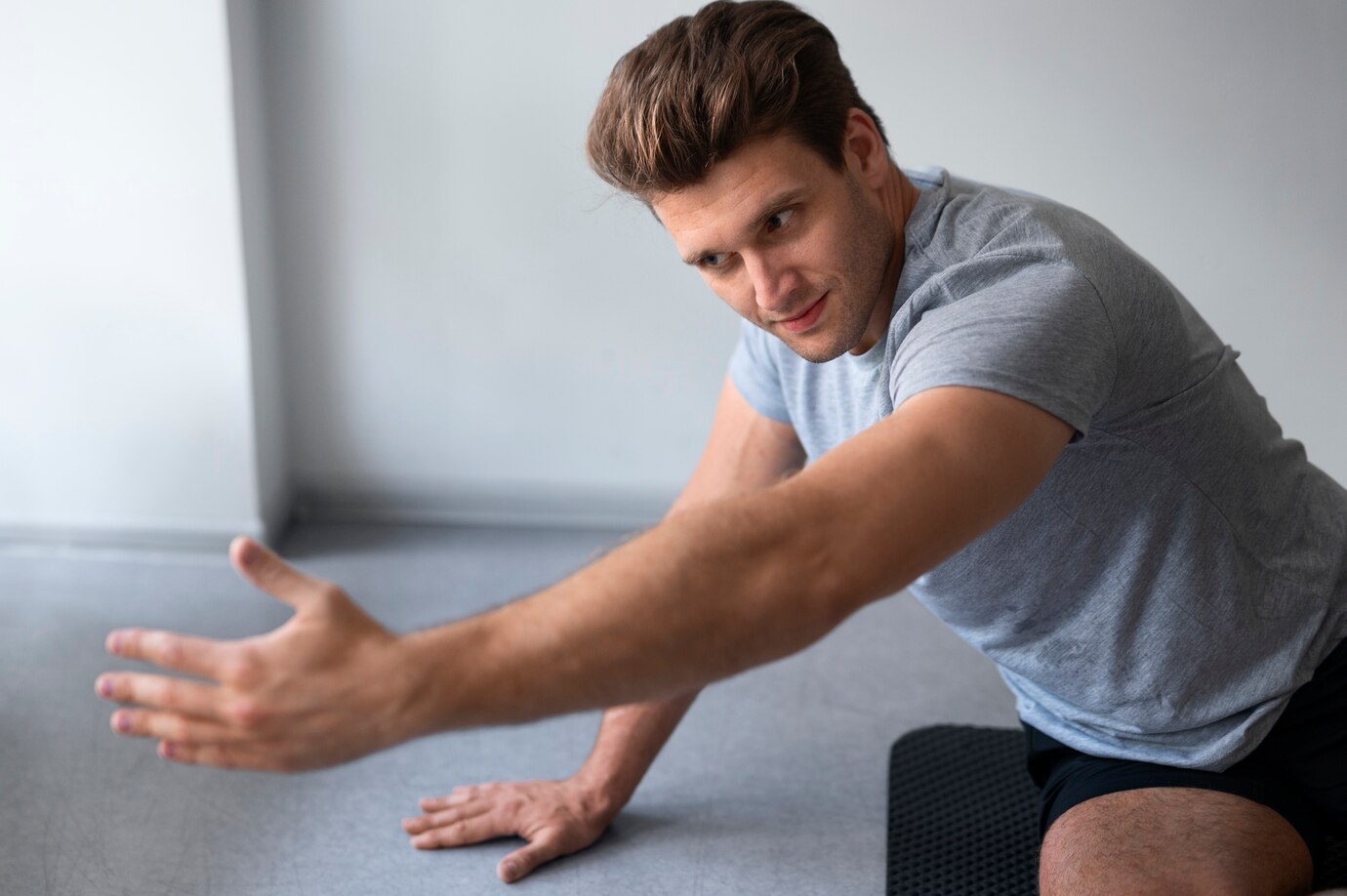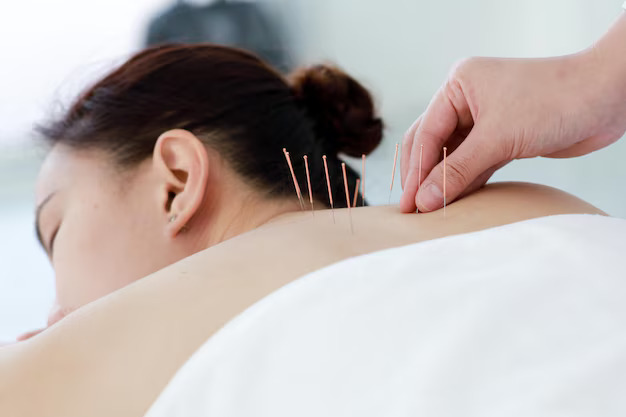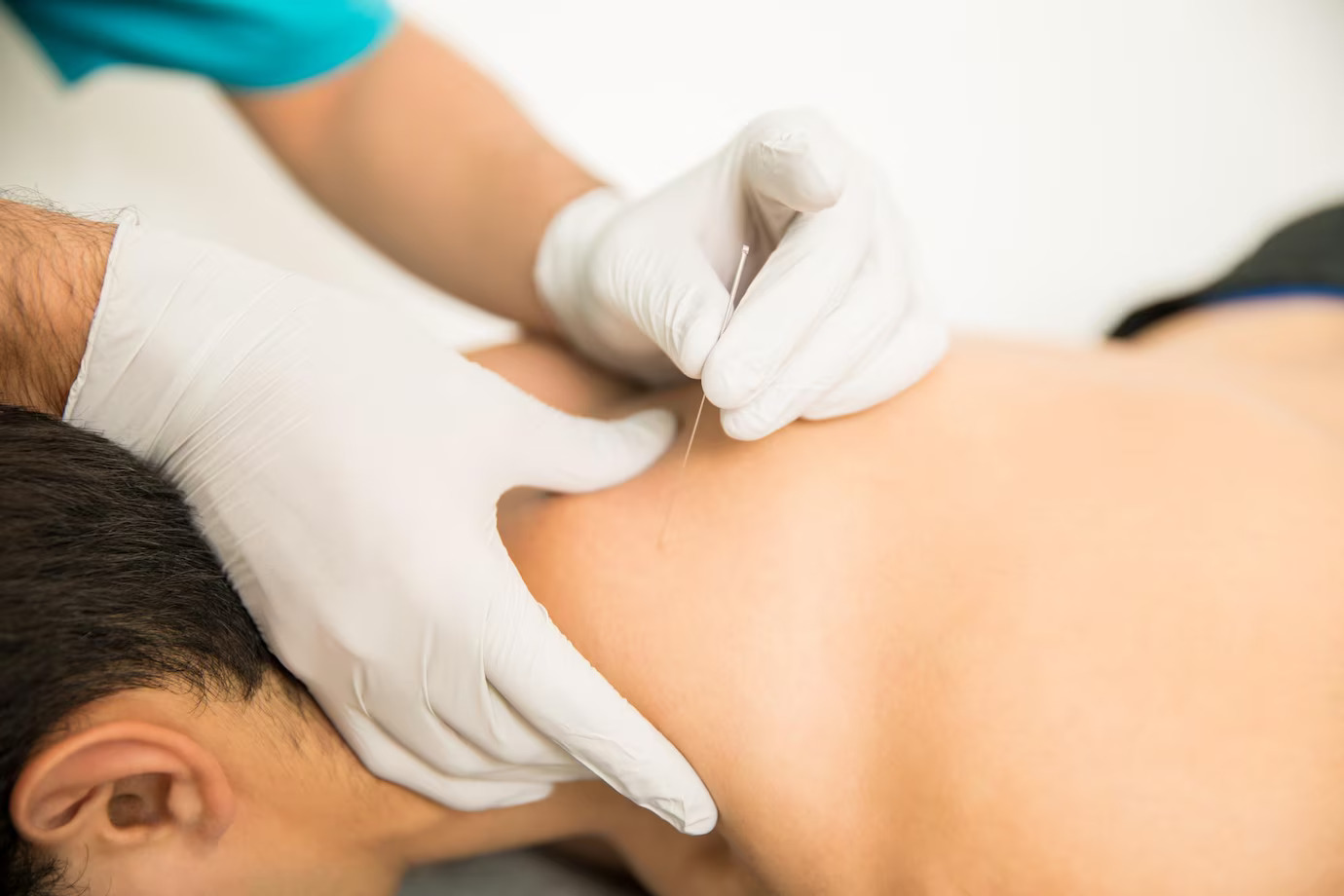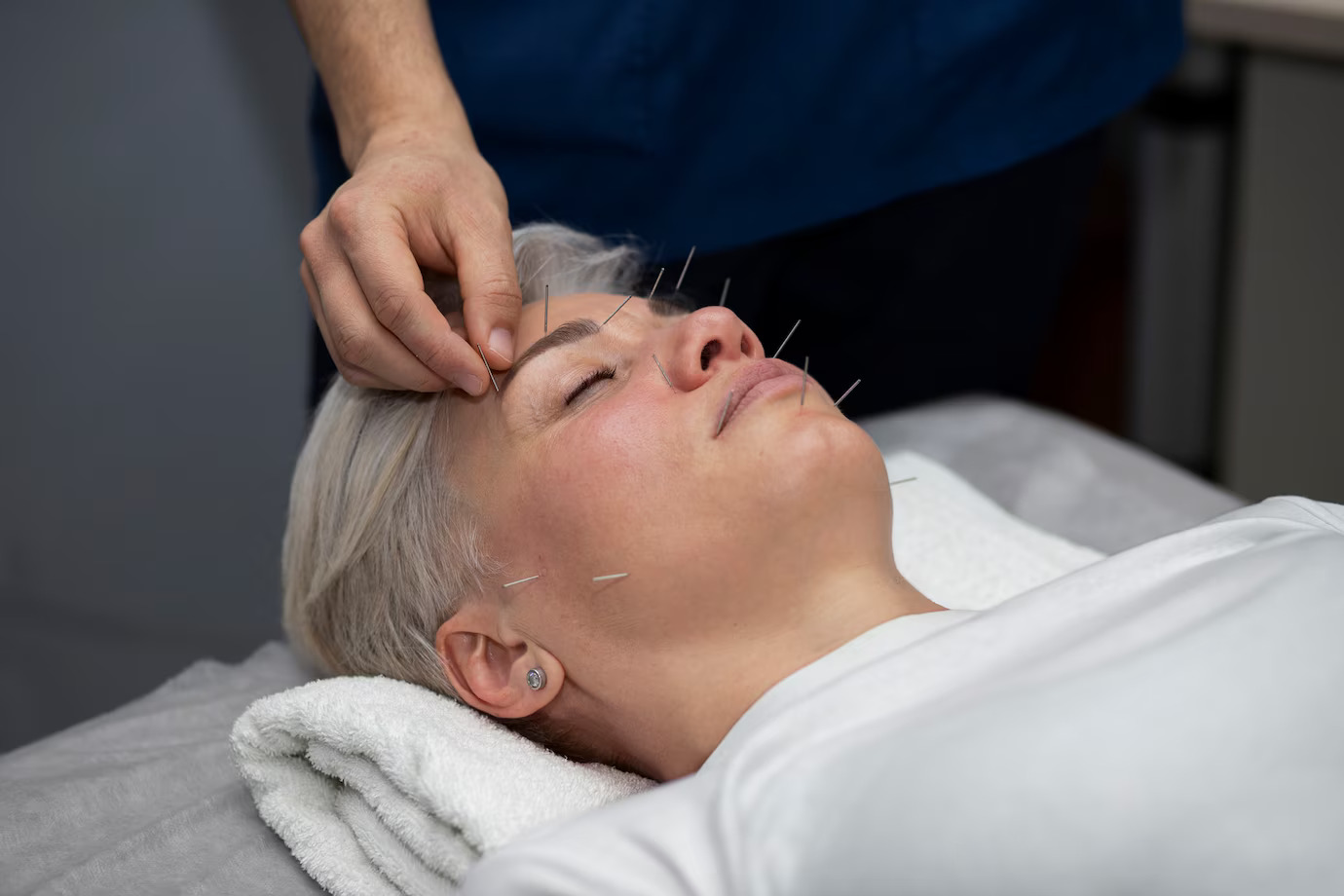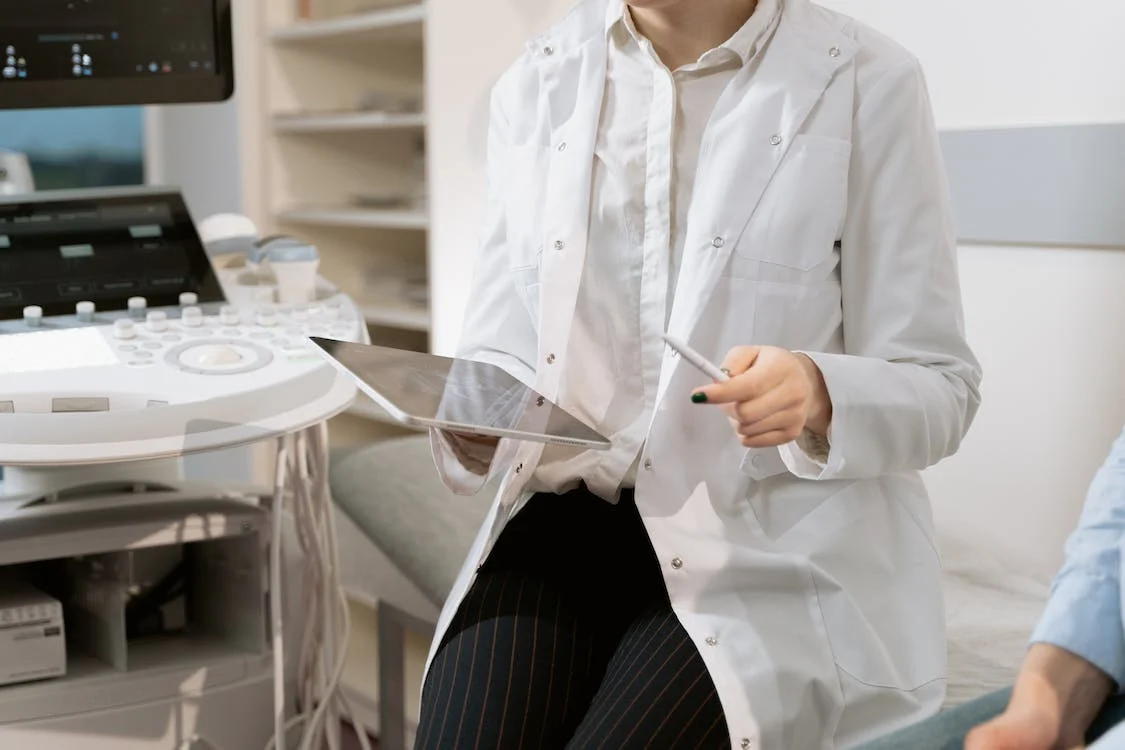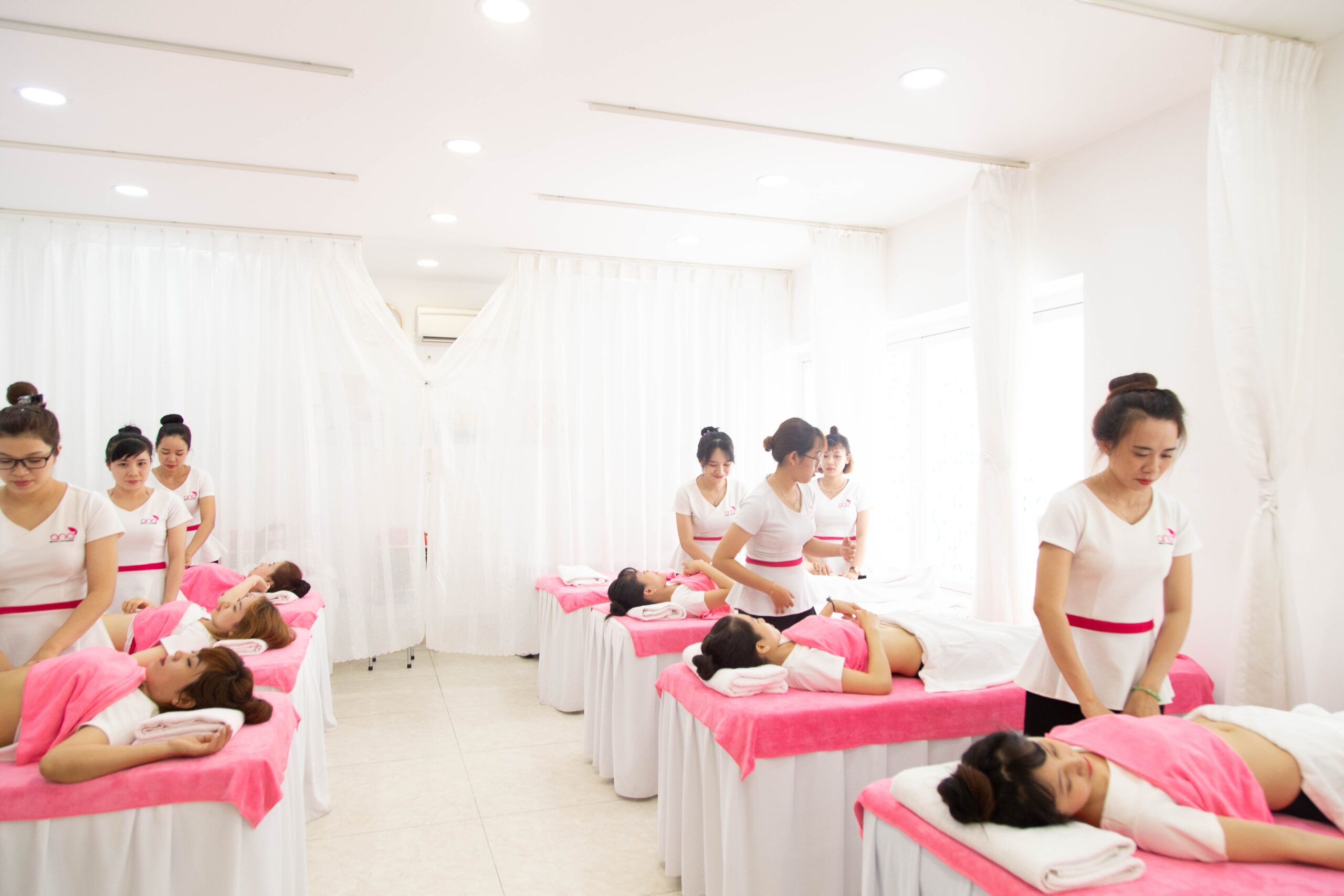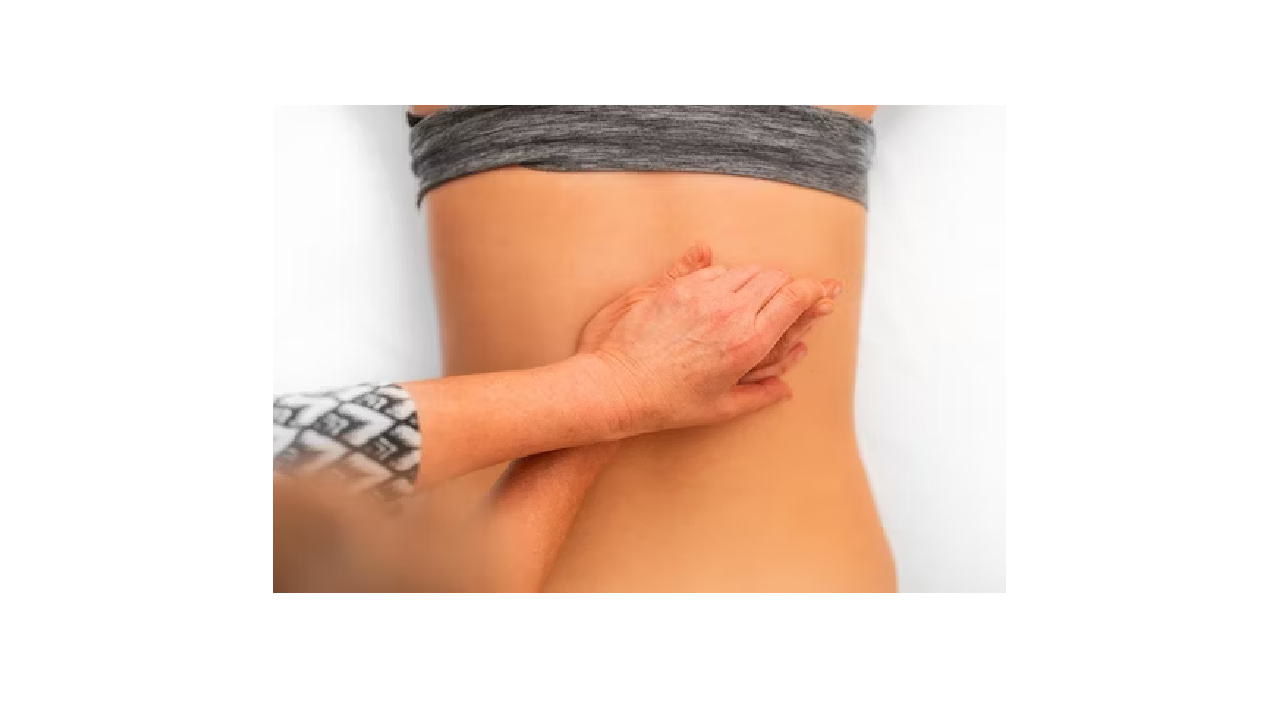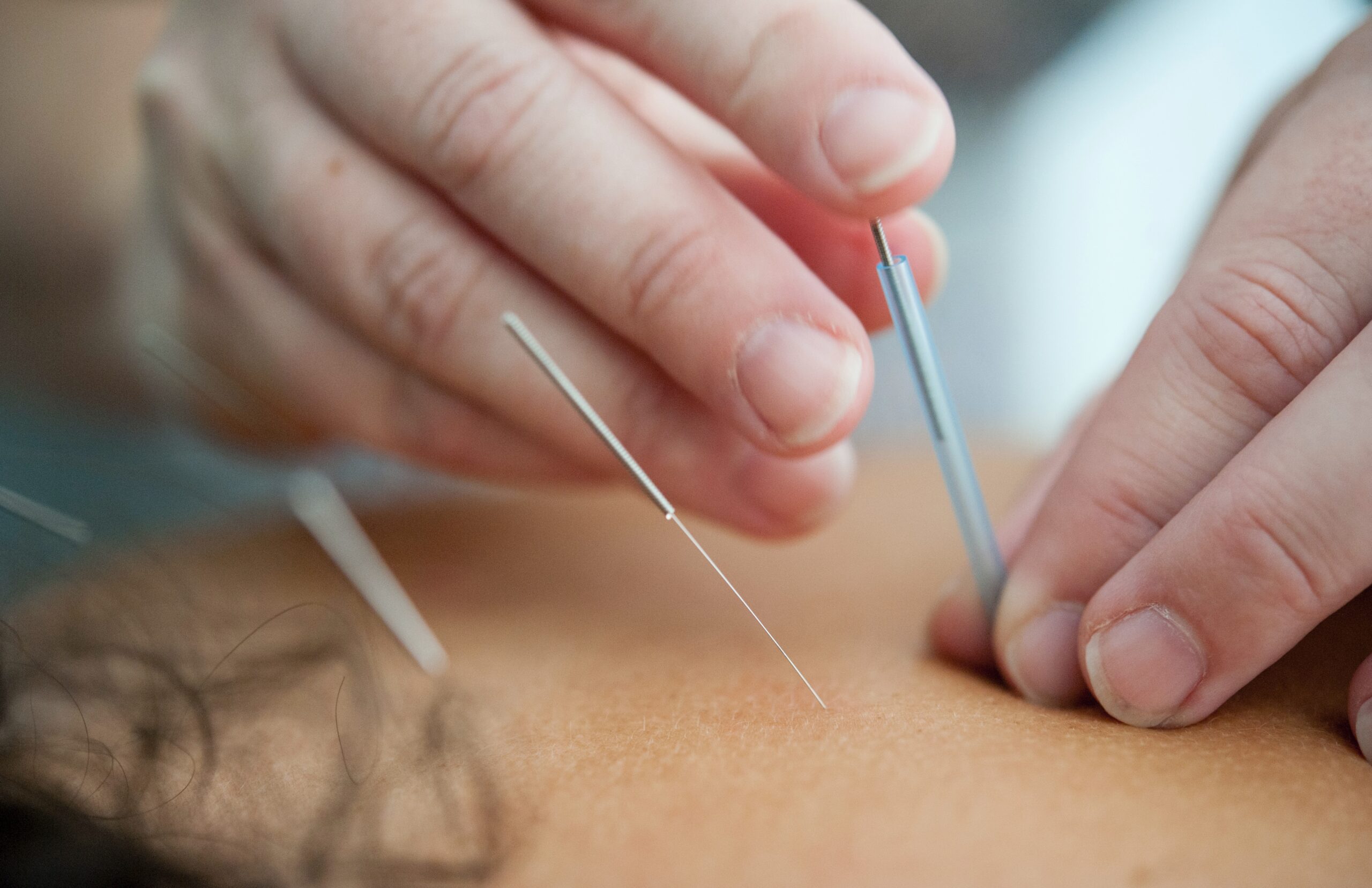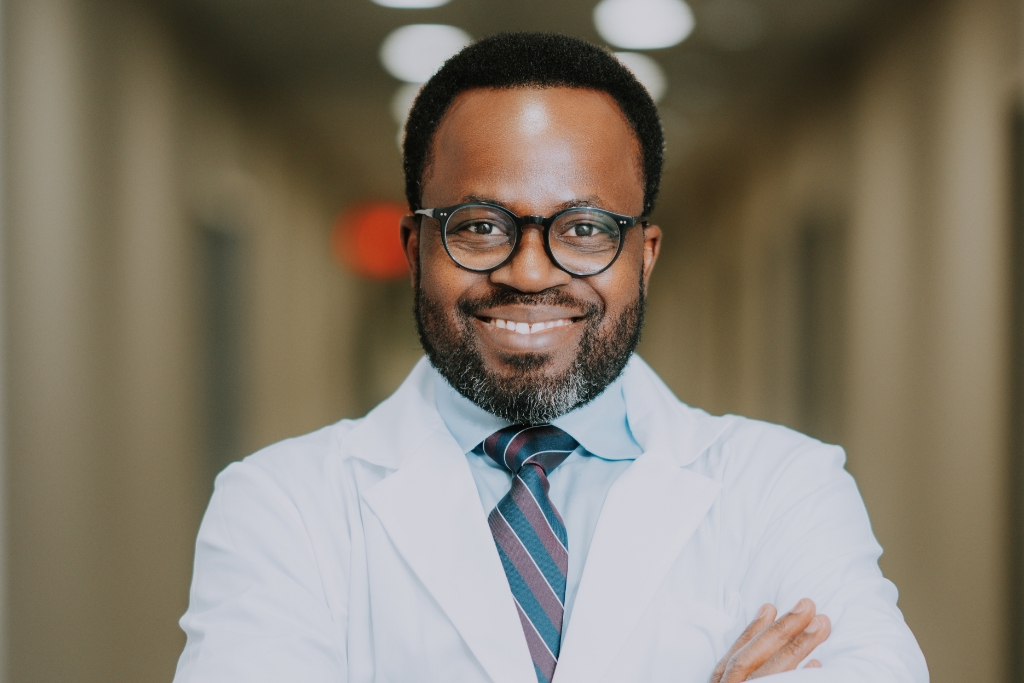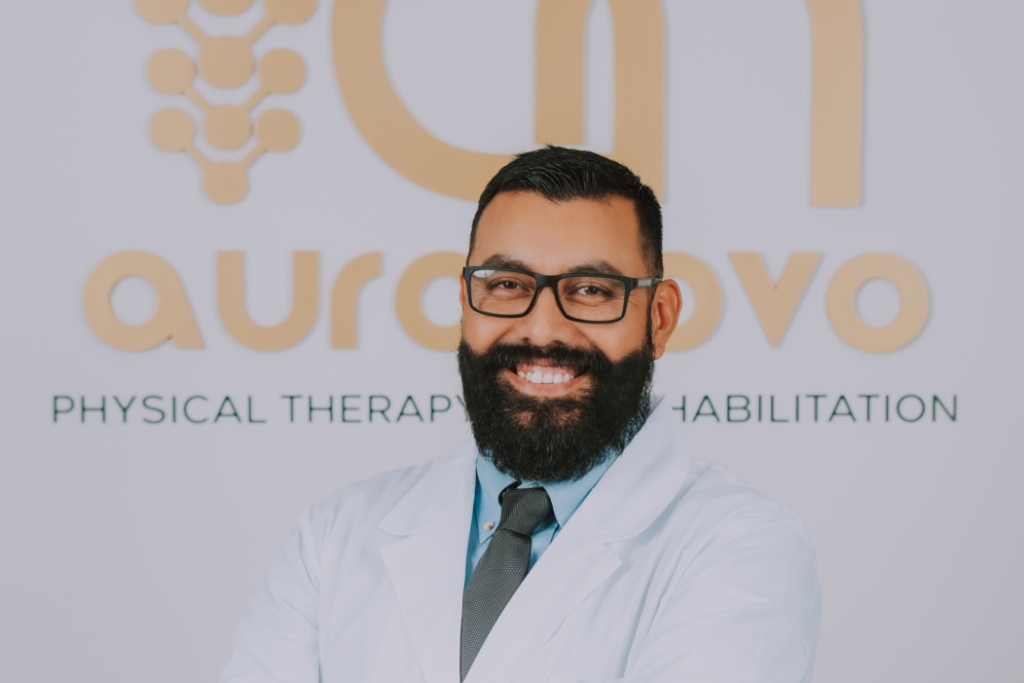Welcome, to the exciting, world of acupuncture! If you’ve been struggling, with pain, and seeking natural, holistic approaches to healing, acupuncture might be the answer you’ve been looking for. Below, are given some pointers, to help you understand everything in fine detail:
Acupuncture Benefits:
Acupuncture has been practiced, for centuries, originating in ancient China. Its popularity has grown worldwide, due to its numerous health benefits. One of the primary advantages, of acupuncture is its ability to alleviate pain. Whether, you’re dealing with back pain, migraines, or joint discomfort, acupuncture can offer, relief, by stimulating specific points on the body, triggering all natural healing responses. This technique of the past, can also help, improve blood circulation, boost the immune system, and enhance overall well-being.
Consider, Lisa’s story, as an example. Lisa, a 45-year-old, office worker, suffered, from persistent shoulder pain, due to her desk job. Despite trying various pain medications, and therapies, she found no lasting relief. Frustrated, and in agony, she decided, to give acupuncture a try. After a few sessions, Lisa noticed a significant reduction in her shoulder pain, and an overall improvement, in her energy levels. Acupuncture, not only relieved her pain but, also brought back a sense of balance to her life.
Pain Management Techniques:
Acupuncture, offers a wide range, of pain management techniques, all aimed, at restoring harmony within the body. By targeting, specific meridians, and acupoints, acupuncturists, can address various types of pain effectively. The process involves inserting thin, sterile needles, into these points, which may sound intimidating at first, but it’s surprisingly gentle, and painless. Moreover, acupuncture, stimulates, the release, of endorphins, the body’s natural painkillers, promoting relaxation, and reducing stress. This aspect of acupuncture can be particularly helpful, for those, dealing with emotional pain, or anxiety-related, disorders.
Consider, John’s experience, as an example. John, a 30-year-old, fitness enthusiast, sustained a knee injury while running a marathon. The pain was excruciating, hindering, his daily activities, and passion for exercise. Seeking an alternative to surgery, he decided, to try acupuncture. After a few sessions, John noticed, a remarkable improvement in his knee’s mobility, and the pain, became more manageable. With regular acupuncture treatments, he not only recovered from his injury but, also found a renewed sense of balance in his active lifestyle.
Precautions when Choosing Acupuncture Services:
While acupuncture services, can be highly beneficial, it’s crucial to approach it with caution and choose the right practitioner. Here are some, essential precautions, to consider:
Credentials and Experience: Always, seek a licensed acupuncturist, with proper certifications, and a reputable background. Experience matters, as a skilled practitioner, can ensure safe, and effective treatments.
Cleanliness and Hygiene: Ensure, the acupuncture clinic follows strict hygiene standards. Clean, and sterilized needles, are a must to avoid any risk of infections.
Consultation and Communication: Prior to treatment, have a thorough consultation, with the acupuncturist. Be open, about your medical history, current conditions, and any concerns, you may have.
Treatment Plan: A reliable acupuncturist, will design a personalized treatment plan, tailored to your specific needs. Avoid one-size-fits-all approaches.
Referrals and Reviews: Seek, recommendations from friends, family, or healthcare professionals. Online reviews and testimonials can also provide, valuable insights, into the practitioner’s expertise.
Let’s dive deeper, into some additional points, about acupuncture:
Holistic Approach: Acupuncture, is not just about treating symptoms, but, rather addressing the root causes of imbalances within the body. It takes a holistic approach, to healing, considering the interconnectedness of physical, emotional, and mental well-being. By treating, the whole person, acupuncture aims to restore harmony, and promote overall health.
Minimal Side Effects: Unlike, some conventional medical treatments, acupuncture, typically has minimal side effects. Since it uses natural healing processes, the risk of adverse reactions, or complications is significantly reduced. This makes acupuncture a safe option, especially for individuals who may, not tolerate medications well.
Customized Treatments: Acupuncture sessions are tailored to each individual’s, unique needs. The acupuncturist, assesses the patient’s condition, medical history, and specific concerns, before designing a personalized treatment plan. This personalized approach ensures that the treatment targets the specific areas requiring attention.
Complementary Therapy: Acupuncture can be used alongside conventional medicine, as a complementary therapy. It can enhance the effectiveness, of other treatments, and medications, making it a valuable addition to an integrative healthcare approach.
Stress Reduction: Beyond, its pain-relieving properties, acupuncture is known for its ability, to reduce stress, and promote relaxation. The calming effect, of acupuncture, can help individuals cope with anxiety, insomnia, and other stress-related, conditions.
Increasing Popularity: Over the years, acupuncture, has gained popularity worldwide. As more people, seek alternative, and natural healing methods, acupuncture has emerged as a respected, and recognized form of therapy in the medical community.
Treating Various Conditions: While acupuncture, is renowned for pain management, it can address, a wide range of conditions, and ailments. From digestive issues, and respiratory disorders to fertility problems, and neurological conditions, acupuncture’s potential therapeutic applications are extensive.
Continuing Research: As interest in acupuncture grows, so does the research conducted, on its effectiveness. Many studies explore its impact, on various health conditions, contributing, to a growing body of scientific evidence supporting its benefits.
Duration of Treatment: The number, of acupuncture sessions, required for optimal results, can vary depending on the individual’s condition, and response to treatment. Some people, experience immediate relief, while others, may need several sessions over weeks or months.
Integrating with Traditional Chinese Medicine (TCM): Acupuncture is an integral part of Traditional Chinese Medicine, which includes, other practices like herbal medicine, cupping, and moxibustion. Combining these therapies can offer comprehensive, and well-rounded treatment for certain conditions.
Conclusion:
It is obvious that the majority of the workers are assigned desk jobs and the pain in the back is sure to follow. Therefore, it comes as no surprise that acupuncture is so much important in our lives considering that we will have to continue with our jobs. You can take help from the points given above and get help from a professional if you are feeling any kind of pain that needs some healing. It is mandatory to not look at these issues and just not get treatment. The earlier you will get help, the less the chance for you to get a longer problem afterward.

